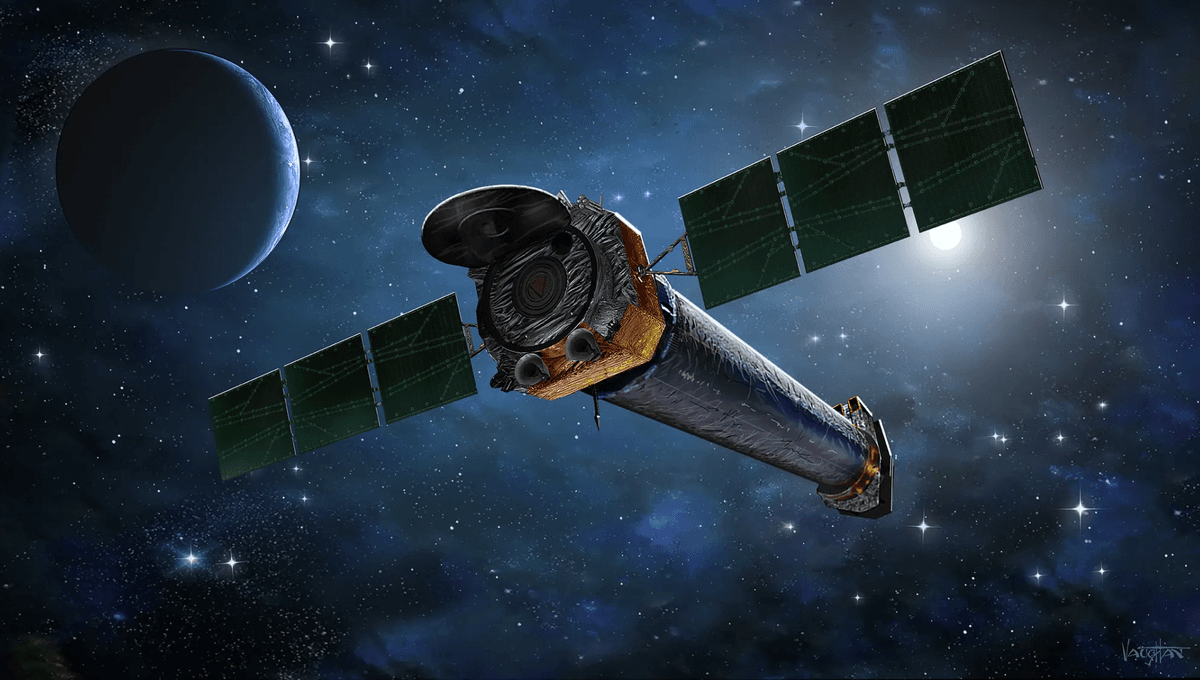
We are used to space missions ending due to the challenging environments of exploration. They run out of fuel or coolant, they are covered in dust and lose power, or they are killed by the cold lunar night. But it feels almost sadder or, at least, less inevitable when the decision to end the mission is due to monetary constraints.
NASA has submitted its budget for 2025 and it is $25,383,700,000 – the same it has been in 2023 and 2024. Twenty-five billion dollars might seem like a huge number, but it is less than 0.4 percent of what the United States will spend next year. For every $100 spent by the U.S. government, NASA gets 34 cents. The Defense budget would be equivalent to $12.26.
NASA’s budget plan also includes the proposed request for budgets up to 2029, which provide some insights into the future. An important one that will be felt in high-energy astronomy departments is the slow wind-down of the operation of the Chandra X-ray Observatory. The proposed forecast cuts Chandra’s budget by almost half, from $41.1 million in 2025 to $26.6 million in 2026.
Chandra will be 25 years old in July and the investment in it has been more than repaid as it was expected to work for just five years. It continues to provide high-resolution observations of the universe in X-rays, outcompeting some of the newer high-energy observatories. NASA’s view for 2029 is that the telescope would require just $5.2 million.
“The Chandra spacecraft has been degrading over its mission lifetime to the extent that several systems require active management to keep temperatures within acceptable ranges for spacecraft operations. This makes scheduling and the post-processing of data more complex, increasing mission management costs beyond what NASA can currently afford. The reduction to Chandra will start orderly mission drawdown to minimal operations,” NASA writes in justification of the budget.
Chandra, together with Hubble, Compton Gamma Ray Observatory, and Spitzer, were the Great Observatories. Spitzer and Compton have been retired, and even Hubble’s budget is looking gloomier. Next year, it will be cut by 5 percent. And it will drop even further in the subsequent years, with some of its operations being merged with JWST.
Not all the veteran missions face cuts. Voyager 1 and 2 will see a small increase next year (from $6.5 to $7 million) and a bit more in 2029. Voyager 1 is currently experiencing problems so it is unclear how set in stone the future budget is.
There are several other interesting tidbits from the budget. For example, the Mars Sample Return mission, which has been in trouble for some time, hasn’t got a budget request. NASA is most likely waiting on the final assessment of the mission feasibility.
Closer to Earth, the Lunar Gateway, the orbiting space station that will go around the Moon, is getting a big budget increase this year as the first module is expected to launch in November 2025. Follow-up modules are expected to be sent up with the crewed Artemis mission, which continues across the budget with little alteration, although Artemis V has now been moved from September 2029 to March 2030.
The full budget request can be read here.
Source Link: NASA To End Chandra After 24 Years Due To New Budget, Hubble May Not Be Far Behind